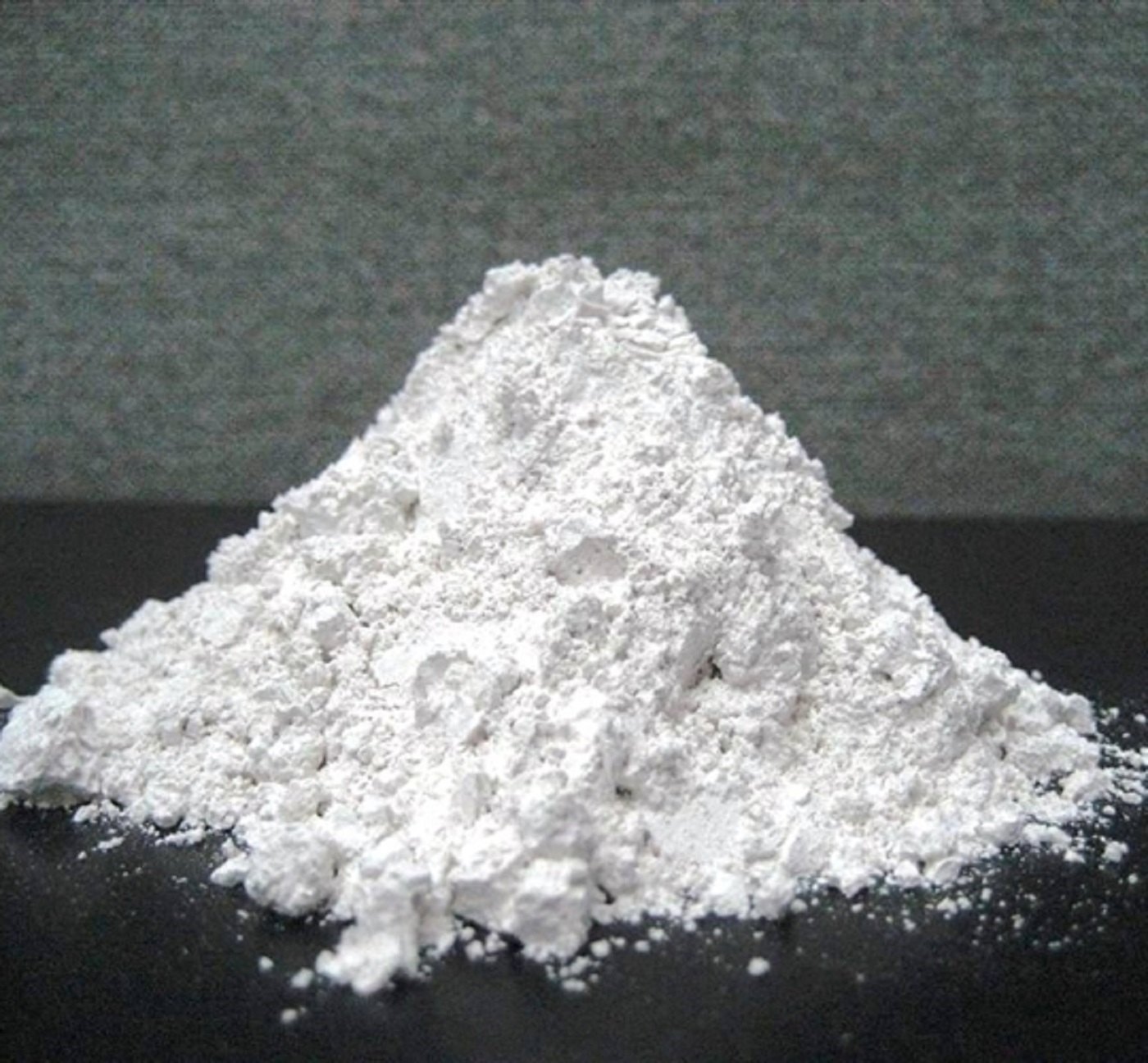Dolomite Powder in Rubber Industries: Applications and Benefits
Dolomite powder has become an essential filler and extender in the rubber industry, offering significant cost savings while maintaining or improving rubber compound properties. This comprehensive guide explores the applications, benefits, and optimal usage of dolomite powder in various rubber manufacturing processes.

Why Dolomite Powder for Rubber?
- Cost Effective: Reduces compound costs significantly
- Enhanced Properties: Improves mechanical characteristics
- Processing Benefits: Better mixing and dispersion
- Versatile: Suitable for various rubber types
- Consistent Quality: Reliable performance batch-to-batch
Key Benefits of Dolomite Powder in Rubber
1. Cost Optimization
Dolomite powder serves as an effective extender, reducing the overall cost of rubber compounds while maintaining performance characteristics. This is particularly important in high-volume applications like tire manufacturing.
2. Mechanical Property Enhancement
When properly incorporated, dolomite powder can improve several mechanical properties:
- Tensile Strength: Enhanced through proper particle size selection
- Elongation: Maintained or improved with optimal loading
- Abrasion Resistance: Better wear characteristics
- Compression Set: Improved resilience properties
3. Processing Advantages
Dolomite powder offers several processing benefits:
- Better Mixing: Improved dispersion in rubber compounds
- Reduced Viscosity: Easier processing and molding
- Faster Cure Times: Optimized vulcanization
- Lower Heat Generation: Reduced mixing energy requirements
Recommended Mesh Sizes for Rubber Applications
| Application | Mesh Size | Particle Size (µm) | Loading Level | Benefits |
|---|---|---|---|---|
| Tire Manufacturing | 200-400 | 74-38 | 20-40 phr | Cost reduction, improved processing |
| Rubber Sheets | 325-500 | 44-25 | 15-30 phr | Smooth surface, good dispersion |
| Molded Products | 400-635 | 38-20 | 10-25 phr | Fine finish, dimensional stability |
| Rubber Hoses | 270-400 | 53-38 | 20-35 phr | Flexibility, cost optimization |
| Rubber Gaskets | 400-500 | 38-25 | 15-25 phr | Sealing properties, durability |
Specific Rubber Industry Applications
Tire Manufacturing
In tire manufacturing, dolomite powder is used in various components:
Tread Compounds
- Mesh Size: 200-325 (74-44 microns)
- Loading: 20-30 phr
- Benefits: Cost reduction, improved processing
Sidewall Compounds
- Mesh Size: 270-400 (53-38 microns)
- Loading: 25-35 phr
- Benefits: Flexibility, crack resistance
Rubber Sheets and Mats
For rubber sheets and industrial mats:
- Mesh Size: 325-500 (44-25 microns)
- Loading Level: 15-30 phr
- Benefits: Smooth surface finish, good dimensional stability
- Applications: Flooring, conveyor belts, industrial mats
Molded Rubber Products
For precision molded products:
- Mesh Size: 400-635 (38-20 microns)
- Loading Level: 10-25 phr
- Benefits: Fine surface finish, dimensional accuracy
- Applications: Seals, gaskets, automotive components
Formulation Guidelines
Loading Levels
Optimal loading levels depend on the specific application:
- Low Loading (10-20 phr): Maintains original properties with cost benefits
- Medium Loading (20-35 phr): Balanced cost-performance ratio
- High Loading (35-50 phr): Maximum cost reduction for bulk applications
Mixing Considerations
For optimal dispersion and performance:
- Pre-mixing: Add dolomite powder after initial rubber breakdown
- Temperature Control: Maintain mixing temperature below 120°C
- Mixing Time: Ensure adequate mixing for proper dispersion
- Sequence: Add after carbon black but before curatives
Quality Specifications for Rubber Grade
| Parameter | Specification | Importance for Rubber |
|---|---|---|
| CaCO3 Content | 50-60% | Provides basicity and reactivity |
| MgCO3 Content | 35-45% | Enhances mechanical properties |
| Moisture Content | ≤0.5% | Prevents processing issues |
| pH Value | 8.5-9.5 | Compatibility with rubber compounds |
| Oil Absorption | 15-25 g/100g | Affects compound viscosity |
| Particle Shape | Irregular | Better reinforcement properties |
Performance Comparison
Dolomite powder offers several advantages over other fillers in rubber applications:
vs. Calcium Carbonate
- Better mechanical properties
- Improved heat resistance
- Enhanced dimensional stability
- Better processing characteristics
vs. Clay Fillers
- Lower moisture content
- Better dispersion
- Improved compound stability
- Consistent quality
Industry Best Practices
Storage and Handling
- Store in dry conditions to prevent moisture absorption
- Use first-in, first-out inventory management
- Protect from contamination during handling
- Monitor temperature and humidity in storage areas
Quality Control
- Regular testing of particle size distribution
- Chemical composition verification
- Moisture content monitoring
- Performance testing in rubber compounds
Expert Tip
For optimal results in rubber applications, start with lower loading levels (15-20 phr) and gradually increase while monitoring compound properties. This approach helps identify the optimal balance between cost savings and performance maintenance.
Future Trends in Rubber Industry
The rubber industry is evolving with new requirements for sustainability and performance:
- Sustainable Fillers: Dolomite powder's natural origin makes it environmentally friendly
- Performance Enhancement: Ongoing research into surface treatments
- Cost Optimization: Increasing focus on cost-effective solutions
- Quality Consistency: Demand for reliable, consistent fillers
Ready to Optimize Your Rubber Formulations?
Contact Shikhar Microns for expert guidance on dolomite powder applications in rubber industries